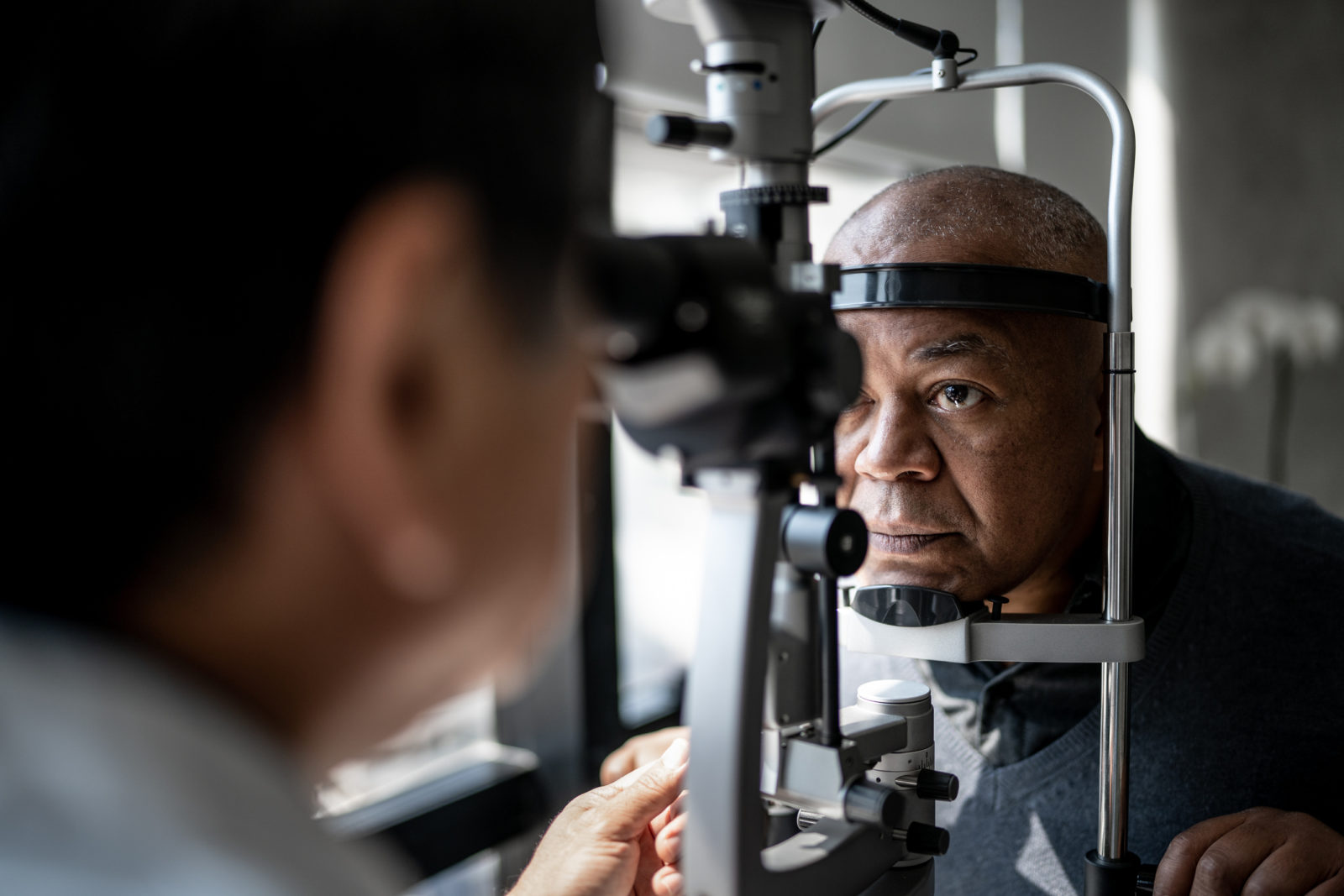The Eyes Have It

January is Glaucoma Awareness Month with focus on a disease that has no onset symptoms but is the leading cause of vision loss and blindness. The eyes can have it before you know it, so being proactive is critical.
Glaucoma causes fluid to build up in the eye, creating a pressure that can damage the optic nerve, which moves images from the eye to the brain. Unfortunately, there are no early warning signs like pain or blurred vision to alert you something is wrong. In fact, once symptoms do begin, glaucoma is in its advanced stages.
There are at least eight different types of glaucoma; all are some variations of the two main kinds, open-angle and angle-closure. Open-angle glaucoma, which is responsible for 90% of glaucoma cases, happens when the eye’s drainage canals become clogged over time. Angle-closure is a medical emergency that occurs when fluid drainage is reduced because the angle between the iris and cornea is closed.
Everyone is at risk; some people do have higher risk. High risk factors include:
- Being 60+ years old
- Having African, Asian, or Hispanic descent
- Having relatives with glaucoma
- Being very nearsighted or far-sighted
- Using steroid medications
- Having high eye pressure and/or a thin central cornea
- Surviving an eye injury
So, what should you do to ensure your eyes don’t have glaucoma? Get an eye exam. A comprehensive eye exam that includes dilating the eyes with drops is the only way to determine if the disease is present. Eye doctors conduct five eye tests:
- Tonometry, which measures the pressure inside the eye.
- Ophthalmoscopy, looking at the optic nerve’s shape and color.
- Perimetry, measuring the field of vision.
- Gonioscopy, analyzing the angle in the eye where the iris meets the cornea.
- Pachymetry, determining the thickness of the cornea.
Glaucoma cannot be cured, but it can be treated. Medicines (like eye drops), laser surgery, or traditional surgery can be used separately or together to address the disease. Treatments depend on the type of glaucoma as well as the individual.
Nearly 3 million Americans have glaucoma; about half don’t know they do. So, your eyes might have it. Plan to check your eyes because being healthy includes not only what you eat, but what you see.
Sources: NIH; Glaucoma Research Foundation
![Charlesgate [logo]](https://www.charlesgate.net/wp-content/uploads/sites/218/2016/12/logo-new.png)